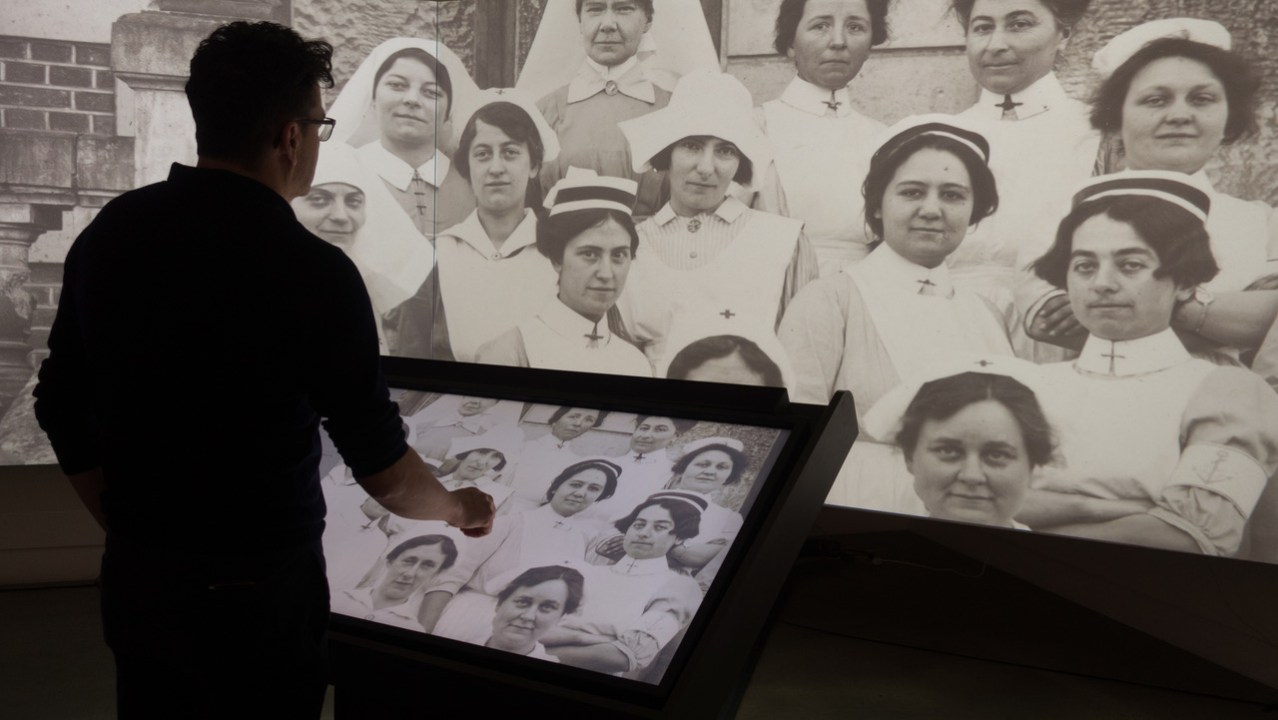
The challenges of integrating interactive media into the museum experience are manifold. New technologies can engage but also potentially alienate museum visitors who have different cultural backgrounds and varying degrees of knowledge about the art form, history, and ideas involved. But at its best, interactive media that balances the creativity of right-brain thinking with the deductive logic of left-brain analysis can help with the intuitive discovery of unexpected connections and create newfound meaning.
On October 15, 2018, the International Center of Photography (ICP) in New York City unveiled The Concerned Camera: Unwavering Vision #3 and Anne Morgan: Photography and Advocacy (video), a new multimedia installation that I created with Jean-Michel Sanchez and Julien Roger, produced by Documentary Arts in association with on-situ. The Concerned Camera builds on the success of earlier versions of this installation at the International Center of Photography in the winter and fall of 2017, and at Photo London in May 2018.
The Concerned Camera enables museum visitors to explore two distinctive virtual exhibitions.
The first is an intuitive journey called Unwavering Vision #3, and it is an interactive experience exploring the associations between five thousand images from the collections of the ICP that are not usually seen together. The visitor can summon hundreds of photographs by browsing thirty-two different timelines. They can enlarge and scrutinize each image in detail. They can also select a photographer’s name for access to his or her images, with biographical information including written texts, audio segments, and short videos.
The second virtual exhibition is a multimedia installation called Anne Morgan: Photography and Advocacy, with an interface that offers alternative modes of exploration and features seventy film segments and 1,100 images digitized from glass-plate negatives made during the period between 1918 and 1922. The installation highlights the pioneering use of media by Anne Morgan to chronicle the scope of the relief efforts undertaken by the Committee for Devastated France. This virtual exhibition is also on view at the Musée franco-américain du château de Blérancourt.
In conjunction with the opening of The Concerned Camera, the ICP presented the symposium New Directions in Interactive Media. The symposium was divided into two panels—”Museums, Cultural Institutions, and Digital Culture,” and “Artists, Photographers, The Institution, and Digital Culture”—and brought together thinkers, scholars, and artists who develop and utilize interactive digital content in museums, archives, and the broader cultural sector. Below I outline some of the key takeaways from the symposium and discuss some of the most useful ideas museums can implement to start working with interactive media.
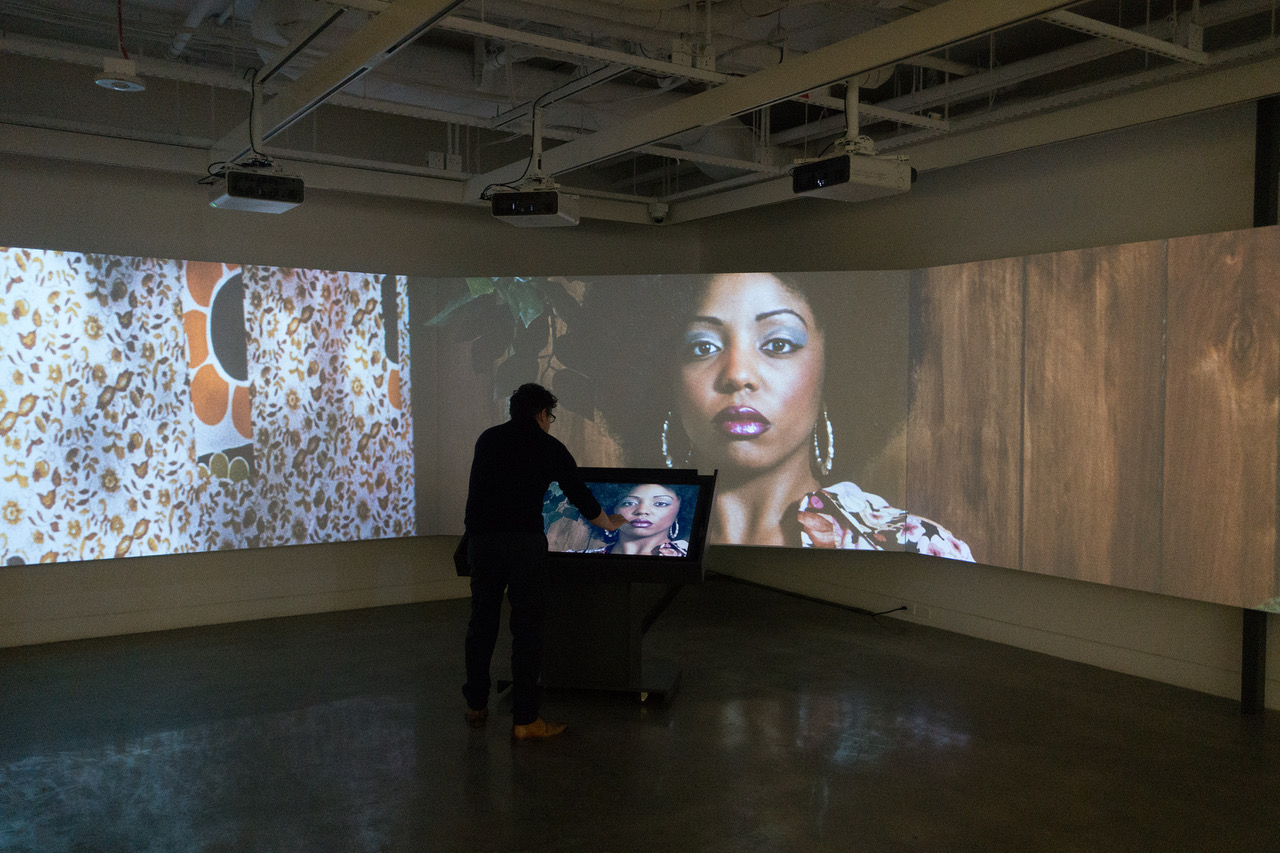
High Points and Takeaways from the Symposium
Panel 1: “Museums, Cultural Institutions, and Digital Culture” (video)
Moderated by JiaJia Fei, director of digital media at the Jewish Museum in New York City
Panelists:
- Susan Chun, chief content officer at the Museum of Contemporary Art Chicago
- Erin Fleming, content producer at the San Francisco Museum of Modern Art, and executive producer of the award-winning podcast Raw Material
- Carolyn Royston, chief experience officer at the Cooper Hewitt Museum
JiaJia Fei outlined the progression of technology in recent years, from websites and social media to Google Glass and QR codes, and how museums have incorporated these innovations to varying degrees of success.
Susan Chun discussed redesigning the Museum of Contemporary Art Chicago’s website to make it fully accessible, allowing blind individuals the ability to hear descriptions of artwork. These descriptions were created using their specially developed open source Coyote software. Chun also pointed out how innovations created for the purpose of accessibility end up improving the overall user experience.
Erin Fleming explained the thinking behind the massive renovation of SFMOMA and the design of PIG (Photographic Interpretative Gallery), to create a social gathering space within the museum that mixed the physical and the digital to advance visual literacy and strike a balance between experience and interpretation. Self Composed, an interactive element of PIG, allows visitors to create their own artistic selfie incorporating their personal objects.
Carolyn Royston expressed her views on how the use of digital media in doses can enrich visitor experience, but if overused can potentially undermine the impact of exhibitions and the presentation of physical objects. In discussing her work at the Cooper Hewitt Museum, she emphasized the need for an integrated approach that is reinforced through the design of websites, social media, and audio tours.
Takeaways:
- Museums need to design interactive media that can be adapted as technology changes.
- Increased accessibility improves the museum experience for all visitors.
- Interactive elements can help increase emotional connection to art, history, and ideas.
- Always consider visitor needs in decisions of when and how to use technology.
Panel 2: “Artists, Photographers, The Institution, and Digital Culture” (video)
Moderated by Elizabeth Kilroy, interactive designer and chair of New Media Narratives, International Center of Photography
Panelists:
- Gabriel Barcia-Colombo, mixed media artist and professor of Interactive Media, Arts and ITP, New York University
- Chloë Bass, a multiform conceptual artist working in performance, publication, and installation
- Alan Govenar, writer, photographer, filmmaker, and president of Documentary Arts
- Jean Michel Sanchez, co-founder with Julien Roger of on-situ in Chalon sur Saône, France, specializing in the production of innovative multimedia
Elizabeth Kilroy identified the need for students to not only utilize traditional and contemporary lens space practices in social and personal documentary, but to explore the relationship between media, technology, and society. New media and technologies, Kilroy maintained, can promote a sense of participation without a physical gathering.
Gabriel Barcia-Colombo discussed his efforts to create interactive sculptures, using film, digital media, physical structures, and projection. For his installation at Fulton Center in New York City, he projected portraits of New Yorkers (who responded to an open call on Craigslist) on fifty-two screens simultaneously. However, the resulting videos were slowed down to 1,100 frames per second, in an effort to demonstrate “using digital media to slow you down, not speed you up.” In other installations, including his Hereafter Institute and his DNA Vending Machine, Barcia-Colombo compels viewers to consider and rethink how we memorialize people in society. What is the changing role of the artist in the digital world?
Chloë Bass explores human intimacy through a variety of projects: digital, analog, physical, and experiential. For Bass, interactive media is not necessarily digital; performance and audience engagement can take a multitude of forms. She discussed in depth her project of running couples’ counseling workshops for individuals and institutions. Bass created a corresponding mixed-media installation with photographs and spice jars as a means to demonstrate the different phases of love you can be in with an institution. Bass wants these sessions to be intimate and immediate for the attendees, so data is not collected and nothing is written or recorded.
Jean-Michel Sanchez and I talked about how our work began with analog media and progressed into the digital world as new technologies became available and accessible. In our collaborations, we recognize the inherent dilemma of digital media — how can we create installations that are at once didactic and aesthetic, informative and also poetic, inviting museum visitors to explore their own creativity by encouraging them to interact with technologies that may seem formidable? What motivates an individual to touch a “touch screen” and delve into content that may be both familiar and unfamiliar? What is the connection between play and multimedia? How can digital media energize human interaction?
Takeaways
- Innovations in digital technology should engage people of all ages and cultural backgrounds.
- Interactive media can be a means to advance gender equality by providing opportunities to integrate a balanced presentation of images.
- Interactive does not always mean digital. Consider how human interaction can affect and impact visitors.
- Interactive media should energize dialogue between museum visitors, artists, and arts professionals.
- Exploring museum collections through interactive media can help visitors discover new connections and meanings.
- Multimedia installations can become artworks that bridge the worlds of history, ideas, and human experience.
Credits and Special Thanks
The Concerned Camera: Unwavering Vision #3 and Anne Morgan: Photography and Advocacy and the New Directions in Interactive Media Symposium were supported in part by Documentary Arts, Communities Foundation of Texas, and Florence Gould Foundation. Special thanks to Kaleta Doolin, Mathilde Schneider, Miles Morgan, Julien Roger, Jason Johnson-Spinos, Reunion des musées nationaux-Grand Palais Médiathèque de l’architecture et du patrimoine, Centre national du cinema.
The International Center of Photography is a long-time AAM member and AAM-accredited institution.
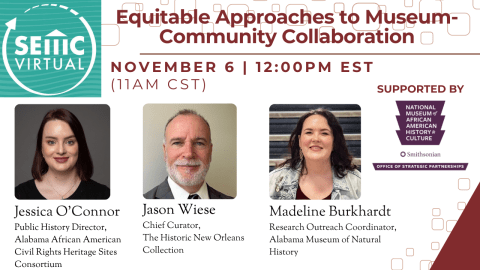

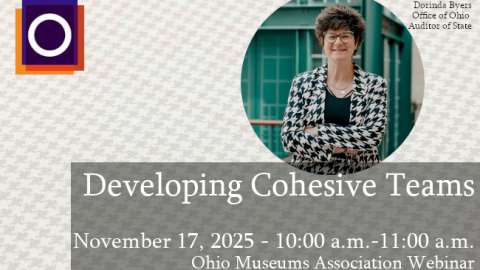
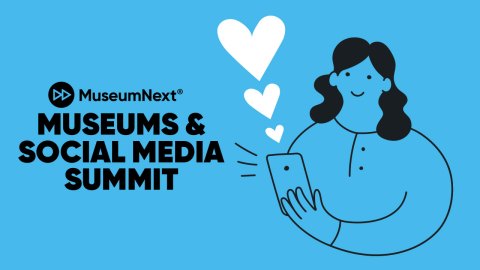
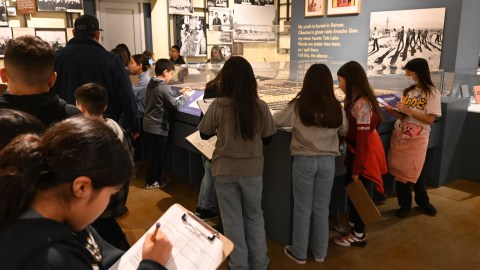
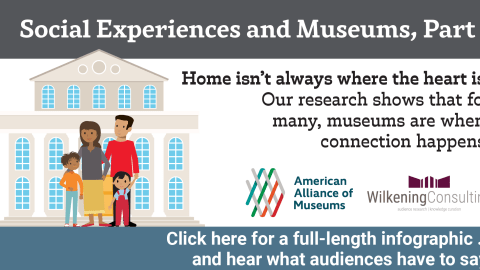
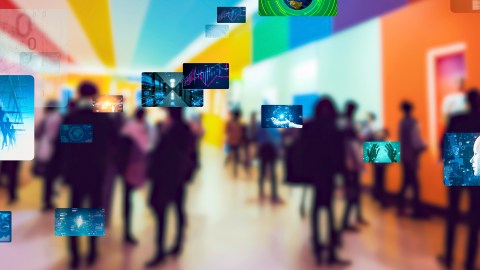

This is article is exactly what our consultants here at Sojourner Truth African Heritage Museum need to use for professional development training. I am sharing it with the Exhibits Curator and Outreach Manager.